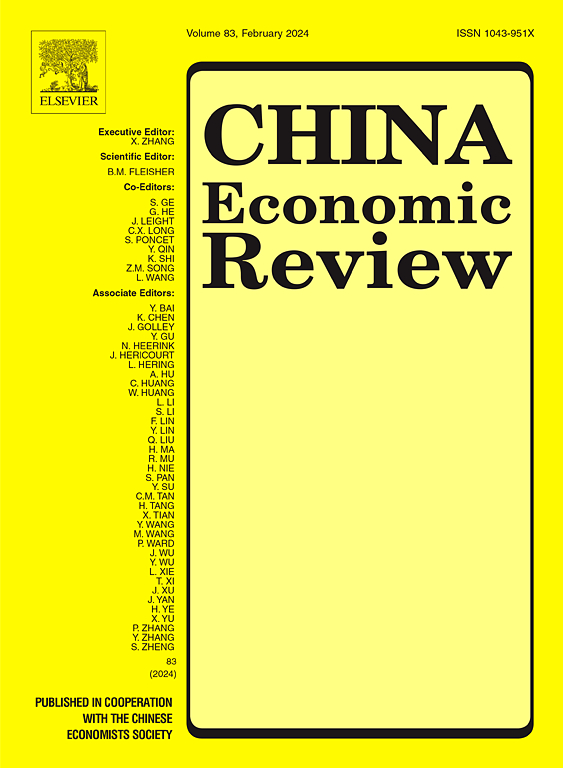The time-varying zone-like and asymmetric preference of central banks: Evidence from China
IF 5.5
1区 经济学
Q1 ECONOMICS
引用次数: 0
Abstract
This paper develops a framework to investigate the time-varying asymmetric and zone-like preferences of a central bank. We derive the optimal forward-looking monetary policy rule and explore four distinct types of loss related to inflation, output, and leverage, resulting in 64 distinct models. We estimate these models and utilize the Akaike information criterion (AIC) to select the most suitable one. Using data from 1996 to 2022, we find that the People’s Bank of China (PBoC): (1) reacts to inflation gaps with slight asymmetry, featuring a no-intervention zone between -1% and 1%; (2) intervenes asymmetrically in output gaps, displaying stronger inclination toward averting overheating than downturns; (3) applies symmetric regulation to leverage gaps. These findings underscore the PBoC’s adaptability and responsiveness to economic fluctuations and its preference for risk management.
央行的时变区域和不对称偏好:来自中国的证据
本文建立了一个框架来研究央行的时变不对称和类区域偏好。我们推导了最优前瞻性货币政策规则,并探讨了与通胀、产出和杠杆相关的四种不同类型的损失,得出了64种不同的模型。我们对这些模型进行估计,并利用赤池信息准则(Akaike information criterion, AIC)选择最合适的模型。使用1996年至2022年的数据,我们发现中国人民银行(PBoC):(1)对通胀缺口的反应具有轻微的不对称性,其特征是-1%至1%之间的无干预区;(2)对产出缺口进行不对称干预,表现出更强的防止过热的倾向;(3)对杠杆缺口进行对称调节。这些发现突显了中国央行对经济波动的适应性和反应性,以及它对风险管理的偏好。
本文章由计算机程序翻译,如有差异,请以英文原文为准。
求助全文
约1分钟内获得全文
求助全文
来源期刊

中国经济评论
ECONOMICS-
CiteScore
10.60
自引率
4.40%
发文量
380
期刊介绍:
The China Economic Review publishes original works of scholarship which add to the knowledge of the economy of China and to economies as a discipline. We seek, in particular, papers dealing with policy, performance and institutional change. Empirical papers normally use a formal model, a data set, and standard statistical techniques. Submissions are subjected to double-blind peer review.
 求助内容:
求助内容: 应助结果提醒方式:
应助结果提醒方式:


